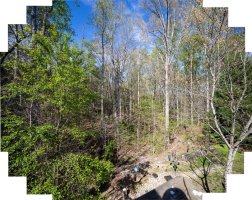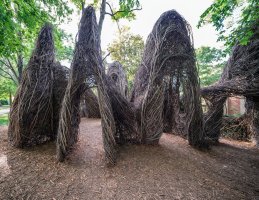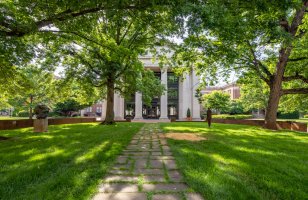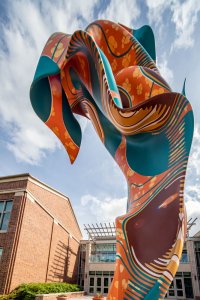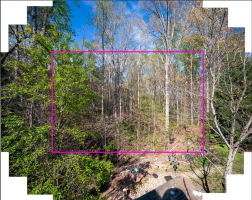HI all!!
Ok, I still have GAS...and now looking to maybe get a Tilt Shift lens and eyeballing a 24mm one.
I was researching and found out there is a version 1 and a version 2.
Is there very much difference between the two? Enough for a large price difference?
I'm excited to get one to not only shoot on my trusty 5D3...but also since the circle image is large, it would be fun adapted to my gfx100, and heck....I'd have fun adapting it to ANY mirrorless camera I happen to be playing with.
I know the lens is sharp and a great performer...but not sure between the versions. While I usually wait and save to get the later versions....just curious in this case if it is worth it.
Hoping @privatebydesign in particular sees this, and that I know he uses the TS lenses a lot.
I've also hears that some people get the 17mm and use a tele converter on it...to basically get what is essentially 2-for-1 with the 17mm and then with the converter on it, approx 24mm...?
What's the thoughts on this?
Also, if you use the 24mm to shoot a panoramic with the shift function...what are the dimensions you end up with?
What about with the 17mm panos?
Off topic a little...I was watching YouTube and saw that Schneider had put out what appears to be some VERY large image circle TS lenses....a couple I think were actually made large enough to project large format or maybe medium format film image circles.
Does anyone know anything about them?
Anyway, back to canon....I've always kinda wanted to play with TS and as I've started looking I"ve run into some questions so was hoping for some advice from the pros here.
Thank you in advance,
cayenne
Ok, I still have GAS...and now looking to maybe get a Tilt Shift lens and eyeballing a 24mm one.
I was researching and found out there is a version 1 and a version 2.
Is there very much difference between the two? Enough for a large price difference?
I'm excited to get one to not only shoot on my trusty 5D3...but also since the circle image is large, it would be fun adapted to my gfx100, and heck....I'd have fun adapting it to ANY mirrorless camera I happen to be playing with.
I know the lens is sharp and a great performer...but not sure between the versions. While I usually wait and save to get the later versions....just curious in this case if it is worth it.
Hoping @privatebydesign in particular sees this, and that I know he uses the TS lenses a lot.
I've also hears that some people get the 17mm and use a tele converter on it...to basically get what is essentially 2-for-1 with the 17mm and then with the converter on it, approx 24mm...?
What's the thoughts on this?
Also, if you use the 24mm to shoot a panoramic with the shift function...what are the dimensions you end up with?
What about with the 17mm panos?
Off topic a little...I was watching YouTube and saw that Schneider had put out what appears to be some VERY large image circle TS lenses....a couple I think were actually made large enough to project large format or maybe medium format film image circles.
Does anyone know anything about them?
Anyway, back to canon....I've always kinda wanted to play with TS and as I've started looking I"ve run into some questions so was hoping for some advice from the pros here.
Thank you in advance,
cayenne

